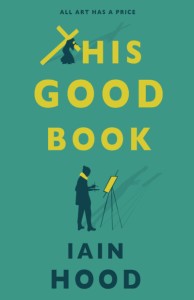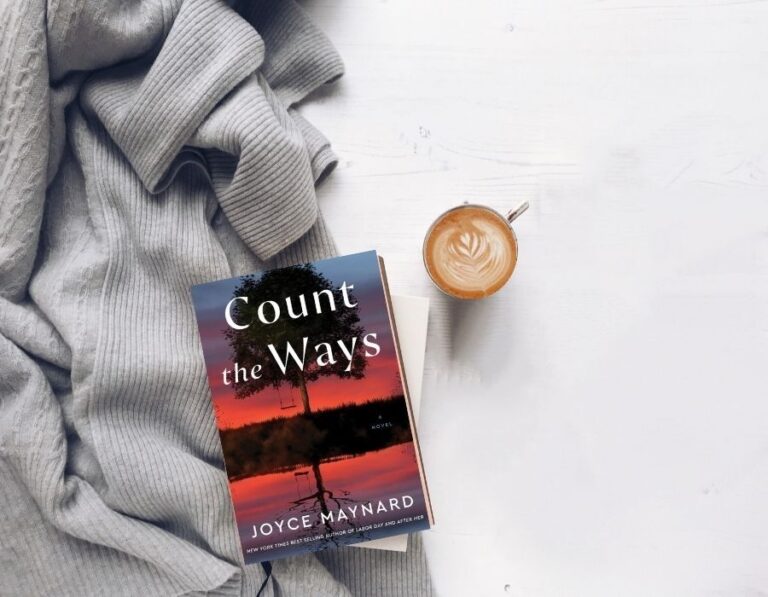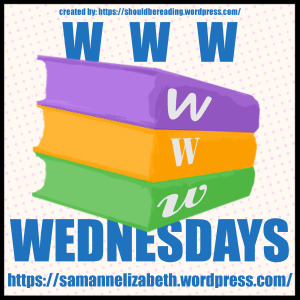Iain kindly answered a few of my questions.
6. If you could only read one book for the rest of your life which book would it be?
Over the same years, Douglas’s ever-more elaborately designed urine-based installations bring him increasing fame, prizes and commissions, while his modelling for Susan Alison, who continues to work pain and suffering on to the canvas, takes place mostly in the shadows. This Good Book is a wickedly funny, brilliantly observed novel that spins the moral compass and plays with notions of creating art.
James Joyce Ulysses. Sentence by sentence he tries something new, a new way of creating a scene, of having people interact, of telling the story. Any way you can think of to write a story is most likely in there.
Having said I liked to give a stir then see where I got to in the last answer, I do have to have the ingredients to hand and the mixing bowl and wooden spoon all cleaned and ready. I’m a planner. Structure is story in my mind. The first plan of chapters or sections in This Good Book was a list of about fifty Mogwai song titles. The eventual structure of the novel is the same as the Stations of the Cross that were non-scriptural but popular when I was growing up.
This Good Book is the story of two artists’ careers. Susan Alison is a figurative painter and Douglas is a conceptual installation artist. Over fourteen years, Susan Alison also has Douglas model the figure of Christ in a Crucifixion painting she makes many attempts at, all of which she feels fail. Meanwhile, Douglas becomes a hugely successful, wealthy and prize-winning conceptual artist. Centrally, the book is about the price both Douglas and Susan Alison are willing to pay to succeed in creating good art. Good not to be confused with satisfying or lucrative or lauded or prized.
Iain Hood’s novel, This Good Book, was published by Renard Press on 16 September 2021.
3. Are you a plan, plan, plan writer or do you sit down and see where the words take you?
Susan Alison MacLeod, a Glasgow School of Art graduate with a dark sense of humour, first lays eyes on Douglas MacDougal at a party in 1988, and resolves to put him on the cross in the Crucifixion painting she’s been sketching out, but her desire to create ‘good’ art and a powerful, beautiful portrayal means that a final painting doesn’t see the light of day for fourteen years.
I’ve had a particular experience, being published by a small, independent publisher, Renard Press, that was in the process of starting up as we prepared This Good Book for publication. The publisher, Will Dady, has been brilliant (in all senses of the word) and I practically had him all to myself as This Good Book was the first book he signed by a living author.
1. Tell us a little about This Good Book.
I was in Lanzarote in 2010 just after the Nobel Prize for Literature laureate José Saramago had died, and had heard that his wonderful wife Pilar would open the great writer’s library to anyone who cared to drop by his house. When I walked into this huge space I had an epiphany. Oh, right, I thought, this is how you get to be a Nobel laureate in Literature: because you have read everything! During the process of being published after many years of writing, I resolved that the only thing I would do other than write and eat/sleep/live, would be to read. No television, no cinema, no theatre, only radio while reading, only music while reading, et cetera. I, of course, haven’t quite kept to this, but I am out of it when people start discussing the latest must-see TV. And, I’m thankful that drinking wine comes under eating.
4. Is there anything about the process of publishing a book that surprised you?
The book is set in Glasgow, where I was born and went to university, a city I always think of as an artistic place. My father attended Glasgow School of Art, as did the writer (and artist) Alasdair Gray, whose book Lanark was an influence on me and many other artists and writers, especially in Glasgow. I wanted to write about the story and images of the New Testament, which, if you are brought up in an ostensibly Christian society, and maybe even in other societies, you already know. It seems to me, no matter what your beliefs, morality, politics, ethics or any number of attitudes, you still have to seek or at least reconcile meaning in the story of Christ’s Passion. At the same time, I wanted to have fun writing the idiolects of the artists and their friends, be playful with the song titles of a favourite Scottish band, Mogwai, create dark humour in the vein of another influence, Muriel Spark, give it all a big stir and see where I got to.
About the Book
5. What do you do when you aren’t writing? What do you do to relax and get away from it all?
7. I like to end my Q&As with the same question so here we go. During all the Q&As and interviews you’ve done what question have you not been asked that you wish had been asked – and what’s the answer?
2. What inspired the book?

The question is, Who is the “you” that Susan Alison is addressing? And the answer is, You need to read it over again to find out.







